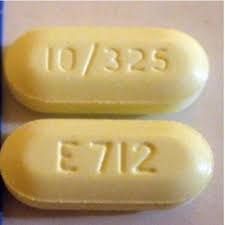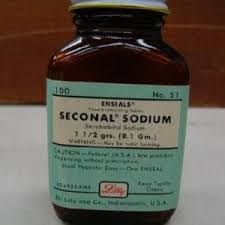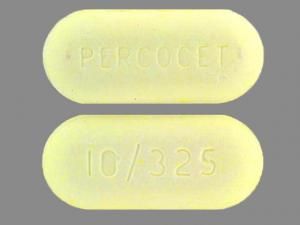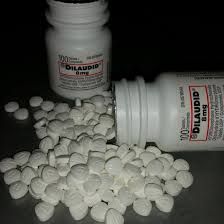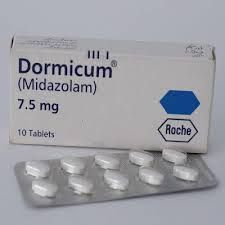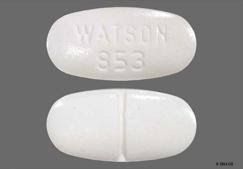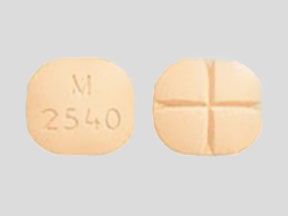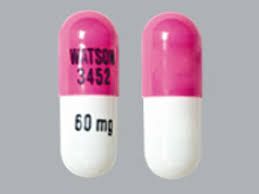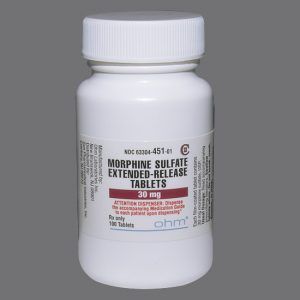USD 20.00 - 40.00 / Box
| Business Type | Manufacturer, Exporter, Supplier, Retailer, Wholesaler, Distributor, Importer |
Preferred Buyer From
| Location | All Countries |
Buprenorphine is an opioid used to treat opioid use disorder, acute pain, and chronic pain. It can be used under the tongue, in the cheek, by injection, as a skin patch, or as an implant. For opioid use disorder, it is typically started when withdrawal symptoms have begun and for the first two days of treatment under direct observation of a health-care provider. In the United States, the combination formulation of buprenorphine/naloxone is usually prescribed to discourage misuse by injection. Maximum pain relief is generally within an hour with effects up to 24 hours. Buprenorphine affects different types of opioid receptors in different ways. Depending on the type of receptor, it may be an agonist, partial agonist, or antagonist. In the treatment of opioid use disorder buprenorphine is an agonist/antagonist, meaning that it relieves withdrawal symptoms from other opioids and induces some euphoria, but also blocks the ability for many other opioids, including heroin, to cause an effect. Unlike full agonists like heroin or methadone, buprenorphine has a ceiling effect, such that taking more medicine will not increase the effects of the drug.
Drug classes: Opioid · Partial Opioid Agonist
Pregnancy category: Pregnancy Category C (FDA) (Risk cannot be ruled out)
Looking for "subutex Tablets" ?
Box

